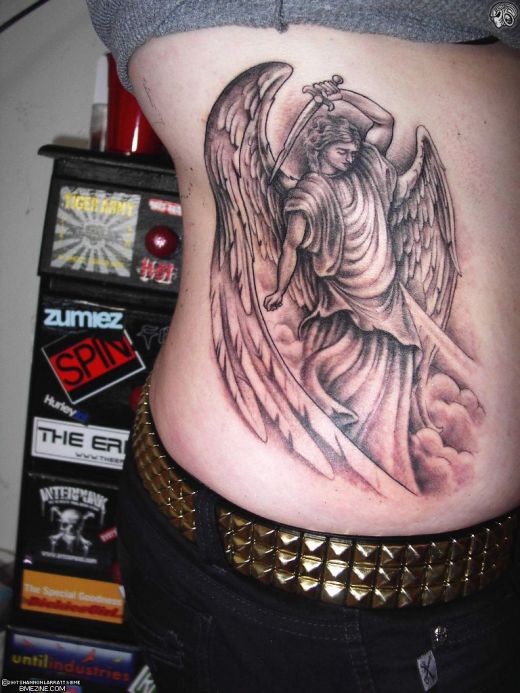Today, carving is no longer the major art form with the same spiritual and cultural emphasis given to it by the Maori in New Zealand. However, there are continual efforts to interest young people in their heritage and some good work is being turned out under the guidance of older carvers. Atiu, in particular, has a strong tradition of crafts both in carving and local fibre arts such as tapa. Mangaia is the source of many fine adzes carved in a distinctive, idiosyncratic style with the so-called double-k design. Mangaia also produces food pounders carved from the heavy calcite found in its extensive limestone caves.
Carving was an important part of ancient Cook Islands culture, although much of this is lost. Ancient Cook Islanders carved the poles of their huts, their canoes and weapons (clubs and spears). The patterns used were the same as that used in tatooing and dyed on tapa cloth. It is believed that families had their own symbols, much like some British families have crests.
Carving was an important part of ancient Cook Islands culture, although much of this is lost. Ancient Cook Islanders carved the poles of their huts, their canoes and weapons (clubs and spears). The patterns used were the same as that used in tatooing and dyed on tapa cloth. It is believed that families had their own symbols, much like some British families have crests.




















No comments:
Post a Comment